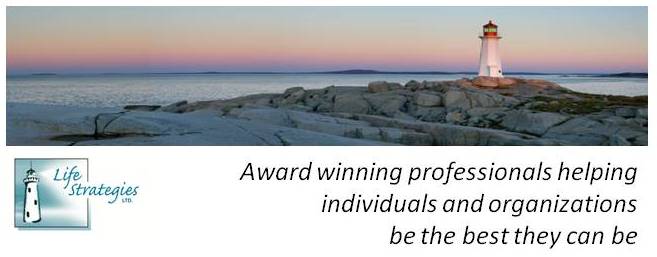
Title: The Age of Speed: Learning to Thrive in a More-Faster-Now World
Authors: Vince Poscente
Rating: 4.5 stars out of 5
Available Online at http://books.google.ca/books?id=YVpwIst_uNMC&printsec=frontcover&dq=The+Age+of+Speed:+Learning+to+Thrive+in+a+More-Faster-Now+World#v=onepage&q=&f=false
Building from a simplistic children’s story, the tortoise and the hare, Poscente takes readers on a journey exploring the notion of speed in today’s society and breaks down myths about speed. He begins by examining the concept of “time” and how we have traditionally define/organize our time. Poscente opts for a new notion of time, building on values rather than the traditional work-home-leisure paradigm.
The take home message is that one should develop efficient and fast ways to deal with the mundane tasks in order to allot more time to fun, creative tasks and family. Poscente does concede that that speed isn’t necessary for success in all circumstances and utilizes a metaphor to expand on this:
- Those who resist speed and succeed nonetheless are referred to as Balloons (e.g., speciality shops)
- Those who embrace speed but accelerate out of control with no clear plan or direction for how to utilize their speed are referred to as Bottle Rockets (e.g., Dell Computers)
- Those who require speed but resist it are referred to as Zepplins (e.g., Kodak)
- Those who embrace speed with a clear direction/plan are referred to as Jets and serve as a exemplar for business strategy in today’s society (e.g., Google)
Like
I liked how the book was structured with small but insightful chapters. The use of metaphors and case study analysis in this book was also well executed and facilitated understanding. The practical tips and strategies for embracing speed presented to the reader provided excellent advice on how to become a “Jet.”
Dislike
I found some parts of the book, although insightful, were repetitive. Considering the topic, I would have appreciated greater directness and conciseness.
Applications & Lesson Learned
This book has great applications in the workforce. By examining your circumstances and the nature of your work, you can determine how best to use speed to your advantage and succeed. It is also important to keep in mind that speed and direction need to come from not only at the individual level but also the organizational level.
“If we truly want to soar, we have to understand our authentic purpose, be nimble and open to opportunities, be free of clutter and drag that can limit our potential, and seek our speed in unique and innovative ways” (p. 209)




